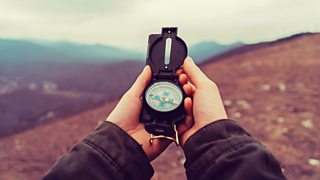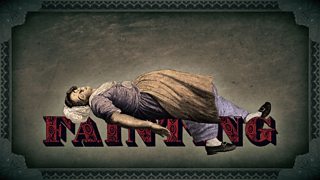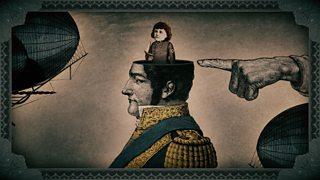Eight tips for improving your sense of direction
Do you struggle getting from A to B, often ending up at L, O, S and T instead? If so, these tips from neuropsychologist Catherine Loveday should help you get back on track.
1. Plan your route
If you have access to Streetview or photographs, imagine yourself walking the route, visualising the journey. Look at each turning and try to spot unusual landmarks that will jolt your memory when you are making the trip for real.

2. Relax
Try to relax. Anxiety will increase your cognitive load and reduce your natural ability to navigate. The planning you do before the journey should help lessen your anxiety.
3. Concentrate
Speaking on the phone, texting or even thinking about something else affects your sense of direction. Try to give your full concentration to the task and really focus on your surroundings.
4. Find landmarks
Try to spot a familiar or distinctive landmark and keep it in sight. If you’re in a town or city this might be the tallest building. At every turn, check where you are in relation to this landmark. This will help you build a mental map of the area.
5. Look behind you
Often people focus only on what is in front of them but those who also look back, and notice what’s behind them, are much better navigators. This is a particularly good tip to help you on return journeys.
6. Attach memories to locations
This can be useful when you are retracing your steps. A conversation you were having or a song you were listening to when you first made a journey can provide useful cues at key points on the return, or if you are following the same route again.
7. Take photos
If you are going to need to repeat a journey, take photos at key stages and look at them afterwards. In research, photographs have been found to be more effective than video.

8. Reflect on your journey
Go back over a journey in your mind afterwards, visualising what you did. By doing this you will be firming up the neural pathways in your brain, making them stronger and consolidating your memories.
If you still find yourself adrift with no idea which way you are heading, there’s always the sat nav or smartphone, although the more you rely on GPS, the less you are exercising your natural sense of direction.
Still getting lost? You might find some comfort in listening to The Lost Producer, from The Curious Cases of Rutherford & Fry.
Bon voyage!

Are some people more natural navigators?
Hugo Spiers tells Adam Rutherford that ability can vary with gender and nationality.
-
![]()
QUIZ: Which place is furthest north, south, east or west?
How good is your UK geography? Test yourself with this tricky quiz.
The Curious Cases of Rutherford & Fry
-
![]()
Quiz: How much do you know about nothing?
Test your knowledge of an idea that has long intrigued philosophers and scientists.
-
![]()
Why do we faint?
Why do humans faint but giraffes don't? Drs Rutherford and Fry investigate.
-
![]()
Are you a secret ginger?
Why do non-ginger parents sometimes give birth to redheaded children? Drs Rutherford and Fry explain.
-
![]()
What shape is the Earth?
Drs Adam Rutherford and Hannah Fry hunt for a true sphere.






















